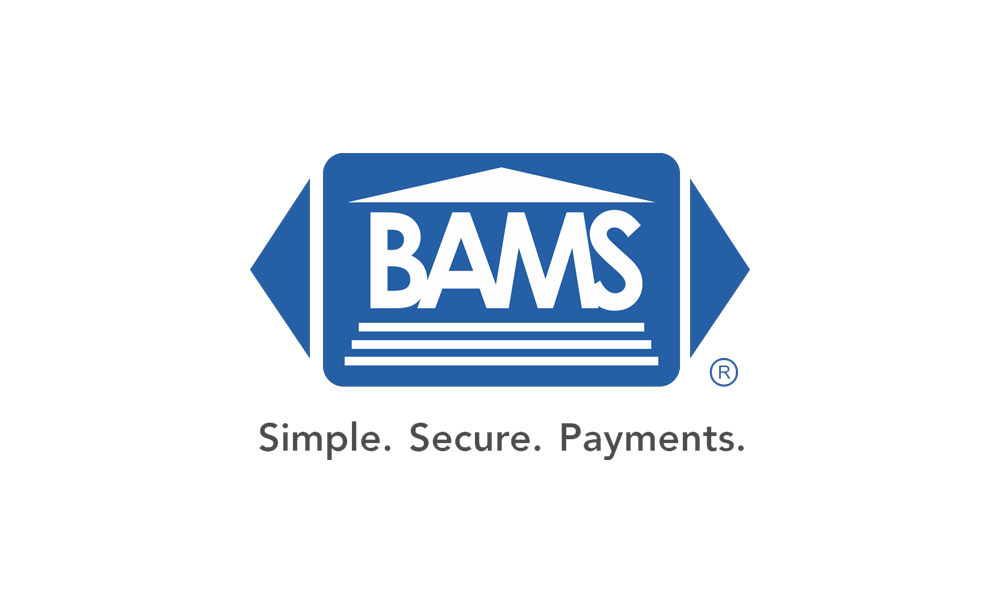Should Your Business Have an Ecommerce Account?
In 2018, almost 5,900 brick and mortar retail locations closed. 2019 has seen another 6,000 go the way of the dodo, and by 2026, as many as 75,000 stores will shut their doors permanently. The reality is, brick and mortar stores are expensive – far more expensive than their web-based eCommerce counterparts. As a result, physical retail locations often can’t match the prices offered by online competition. In cases where companies operate both online and brick and mortar stores, the majority of sales generally still occur in physical locations, but the gap is shrinking rapidly as people gravitate to the convenience of online shopping. And with services like Amazon Prime offering same-day free delivery, why wouldn’t they? Certainly, there are products – specifically high-end purchases – that will likely always require an in-person shopping experience. But for the average purchase – socks, video games, even groceries – why wouldn’t consumers embrace the convenience of shop at home, especially when the wait times for delivery are so low?
Coinciding with declines in brick and mortar retail commerce is huge growth in eCommerce. Worldwide eCommerce sales grew more than 20% in each of 2017, 2018, and 2019, hitting over three and a half-trillion dollars this year. Ecommerce now represents almost 15% of total retail sales worldwide and should grow to well over 20% through the early 2020s. That growth is driven by a number of factors. First, internet connectivity is growing worldwide, and in the U.S. and other developed nations, it’s nearing complete saturation. Second, millennials that have grown up with a high level of trust in the internet have matured into young adult consumers with significant disposable income. With each passing year, the number of people who haven’t or don’t intend to make online purchases goes down as the worldwide pool of consumers becomes more and more dominated by people who can’t even remember a world without constant connectivity to the internet.
The Basics of Breaking into the eCommerce Game
So, with a strong worldwide movement towards online commerce already well underway, what does a brick and mortar business looking to strike while the iron is hot need to do to get set up online? Luckily, the task has never been easier, and there are now a huge number of options available to businesses of all sizes and all needs that make it possible to get started selling online, sometimes in as little as a single day.
Choosing an eCommerce Platform
The first step is choosing what kind of commerce platform to go with, and there are myriad options ranging from hosted solutions to content management systems to completely custom stores. The option a company chooses will depend largely on the volume of business they do and the complexity demanded by their needs.
Hosted eCommerce solutions:
Hosted solutions, like Shopify, represent one of the most popular and rapidly growing options currently on the market. These solutions provide new online businesses with everything they need to begin selling, right from minute one, in affordable monthly packages that scale well and offer a decent level of customization. Free and premium store themes can be used to design and skin stores, and for companies looking for something a little more custom, developers can be hired to create unique themes and plugins where required.
Content Management Systems:
Content management systems (CMS) are web-based systems that enable dynamic websites to be created and managed through a user-friendly backend that doesn’t require a high level of technical knowledge to operate. These systems also offer eCommerce solutions, such as the WordPress-based WooCommerce system, which has become one of the most popular on the web. These systems work in similar ways to the hosted solutions previously mentioned, enabling users to custom skin their stores and to add functionality through plugins or custom code, but they require store owners to self-host and to purchase their own domains. In exchange, CMS-based systems generally offer a higher level of customizability.
Custom Solutions:
Large companies with big budgets or companies requiring highly unique eCommerce solutions can opt to engage development companies to create completely unique web stores or partially custom solutions based on self-hosted platforms like Magneto. This route offers by far the highest level of customizability, but in turn, is also by far the most expensive. As a result, it’s generally only practical for major brands with deep pockets.
Choosing a Payment Processor
Once a platform has been selected, new stores need to figure out a way to get paid. That choice comes largely down to third-party processors versus more traditional merchant accounts. Each has its own unique strengths and weaknesses, with the choice often coming down to how seriously a merchant wants to take the online side of their business.
Third-Party Providers:
Third-party payment processors, like PayPal and Square, essentially processes all of their users’ transactions through their own company merchant accounts – hence the term third-party provider. There are some major benefits to going that route, not the least of which is that there is no real approval process, and getting started is as simple as signing up and enabling a payment button. The downside is that in exchange for the risk that comes along with processing transactions that way, transaction fees are generally significantly higher than they are with traditional merchant accounts, which can represent a real drain on profits for stores that sell a high volume of low-value items.
Merchant Accounts:
The more traditional payment processing solution that essentially all serious online stores use is an eCommerce merchant account. Obtaining a merchant account enables the seller to accept credit card payments online (and in-store if they have one) without the need for a third-party provider like PayPal. The only downside of a merchant account is that the process to get approved and set up is slightly more involved, but the lower transaction fees associated with merchant accounts make jumping through those hoops more than worthwhile.
With that in mind, some merchant accounts are easier to get started with than others. BAMS, one of the leading payment processors in the industry, offers complete payment processing solutions to merchants in a wide variety of industries and provides unparalleled guidance during the process to ensure everything goes as smoothly and quickly as possible. From initial application all the way through to PCI compliance (an important security step), BAMS’ expert team is available every step of the way to ensure that even the newest businesses can get started selling with minimal headache. Best of all, BAMS offers interchange-plus pricing, the most affordable and transparent transaction fee model in the industry. The result for sellers is easier to account setup and lower fees once their online selling is underway.
For more information on getting set up with a BAMS merchant account, and how the BAMS interchange-plus pricing model can keep transaction fees as low as possible, contact us today and speak to a member of the team.




